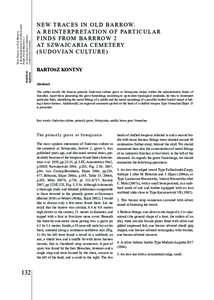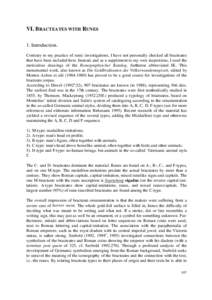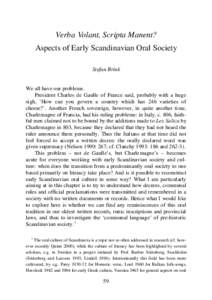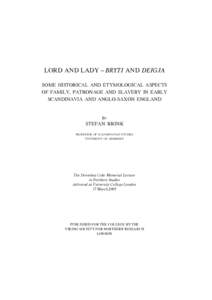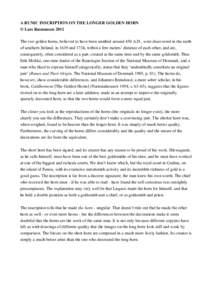<--- Back to Details
| First Page | Document Content | |
|---|---|---|
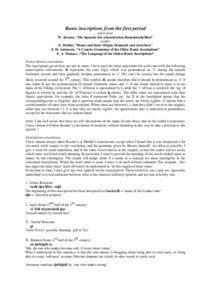 Date: 2003-02-17 08:23:30Runic inscriptions Bracteates Runes Runic script Alu Erilaz Kylver Stone Einang stone Stentoften Runestone Elder Futhark inscriptions Runology Proto-Norse language |
Add to Reading List |
 Runic inscriptions from the first period taken from W. Krause, “Die Sprache der urnordischen Runeninschriften”
Runic inscriptions from the first period taken from W. Krause, “Die Sprache der urnordischen Runeninschriften”